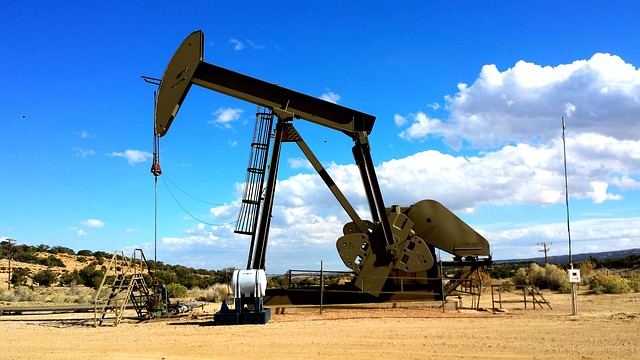Oil prices were steady on Tuesday amid signs that producers are cutting output as promised while traders awaited more clarity on the demand picture as some countries ease out of lockdowns.
Benchmark Brent crude was unchanged from its last close at $34.81 a barrel by 1105 GMT. The front-month contract for U.S. West Texas Intermediate crude which is set to expire on Tuesday was up 73 cents, or 2.3 percent, at $32.55 a barrel. The July contract, which was trading at vastly higher volumes, was up one cent at $31.75 a barrel.
Demand Is Improving, Supply Is Decreasing

"A powerful cocktail made of bullish ingredients have been supporting the oil market for a month ... Demand is improving, supply is decreasing," said oil broker PVM's Tamas Varga.
"This improvement in sentiment, however, is expected to be relatively short-lived ... economic output will grow compared to the current quarter but will be well below the levels expected at the beginning of the year," Varga added. Global demand recovery is expected to be slow as some restrictions remain and there is a significant risk of repeat outbreaks and lockdowns.
Caution On Oil Consumption
The Eurasia group urged caution on oil consumption, citing "a global recession, cautious consumers, and a later and potentially worse peak of the coronavirus outbreak in emerging markets such as Latin America, Africa, and South Asia".
There was little sign of a repeat of the historic plunge below zero seen last month ago on the eve of the May contract's expiry amid signs of rising demand for crude and fuels. The market was boosted earlier by signs that output cuts agreed by the Organization of the Petroleum Exporting Countries (OPEC) and others including Russia, a group is known as OPEC+, are being implemented.
OPEC+ Cuts Oil Exports
OPEC+ cut its oil exports sharply in the first half of May, companies that track shipments said, suggesting a strong start in complying with their latest pact to curb output.
U.S. production is also falling, with crude output from seven major shale formations expected to fall to 7.822 million barrels per day in June, the lowest since August 2018, according to the U.S. Energy Information Administration. A recovery in fuel demand in India also gathered momentum in the first half of May.








